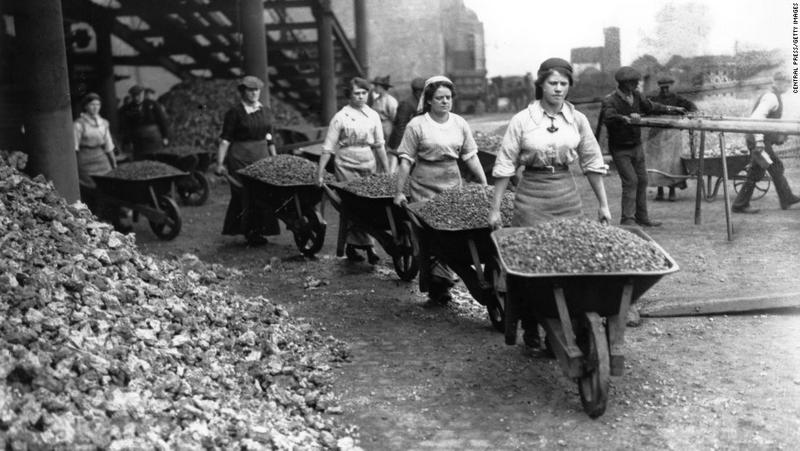Working Women Of WWI
By | February 25, 2017

Women’s role in society has attempted to be defined in so many different ways for so many years. Every time a new definition of a woman’s role comes about, it is challenged by women who go above and beyond the parameters that society sets out for them. Women have long since been thought of as caregivers, homemakers and child bearers. Some women decided to conform to this stereotype of their roles, they enjoy the quietness of at home life or the business of taking care of the children. Other women however, prefer to take the non traditional approach to life and go where most women have not been before, or do what most women have never done before.
During an era marked with much uncertainty the woman’s role was constantly challenged. World War I efforts meant that most able bodied men were deployed to various sections of the army, which left a lot of openings available in different industries. The war efforts meant that there was also a greater need for certain products but with no men around to meet the demands of war, the women stepped in to play their part .
Women stepped into the obvious and stereotypical roles presented to them like nurses, teachers, caregivers and telephone operators during World War I, but they did not limit themselves to just the obvious.
Factories employed women to produce artillery, tanks, ships, gas masks and ammunitions. Not only was the work strenuous but it was highly dangerous. The women working in the ammunition factories were called Munitionettes or Canaries because of the yellow color left on their skin from working with toxic chemicals; regular exposure to TNT meant that hundreds of women died from overexposure.
After stepping in to fill the places for the men at war, some women still underwent unfair treatment by getting paid significantly less than men working in similar positions. As war efforts raged on, women also took over work as transit workers, bank tellers, firefighters, police and farmers. All of which were necessary to support the men at war and a country being depleted by the war efforts.
The image of the weeping and waiting women that is often shown was a far cry from the actual truth. Women were hard at work, ensuring that men received the best ammunitions, food and clothing that they could produce. The work of women during World War I not only kept their men fed and alive during the war, but it also sustained the country from becoming malnourished and impoverished while the men were away.
Most women did not complain or bicker while performing these strenuous tasks because they saw it as them playing their parts to support their men. The women filled every and all industries that were left without workers and eventually women had to enter into the service as well to fight for country. When the war ended and the veterans returned home women were fired so that space could be made for the veterans.


